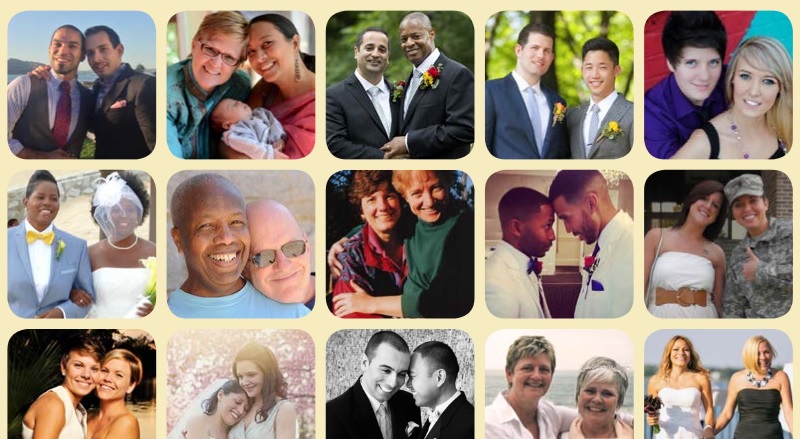LGBT people in the United States want the same chance as everyone else to marry the person they love and take care of their families. In 2015, the U.S. Supreme Court ruled that same-sex couples nationwide should have the same freedom to marry as other couples. Not only can same-sex couples now marry, but they can also access the vital rights and benefits that are related to marriage, including being able to take job-protected leave from work to care for one another, to accessing insurance and other benefits, and the ability to secure legal ties to the children they are raising.
Despite being able to marry nationwide, efforts are underway to undermine marriage equality by allowing individuals, employers, and even government agencies to refuse to recognize the marriages of couples and the related rights and benefits for their families. The following resources address the crucial importance of marriage equality for same-sex couples and their families and look at the impact the freedom to marry had on equality across the country.





